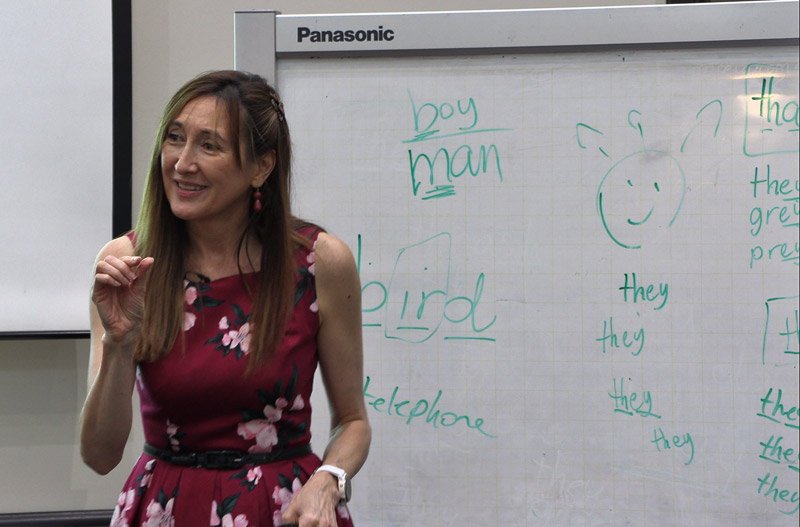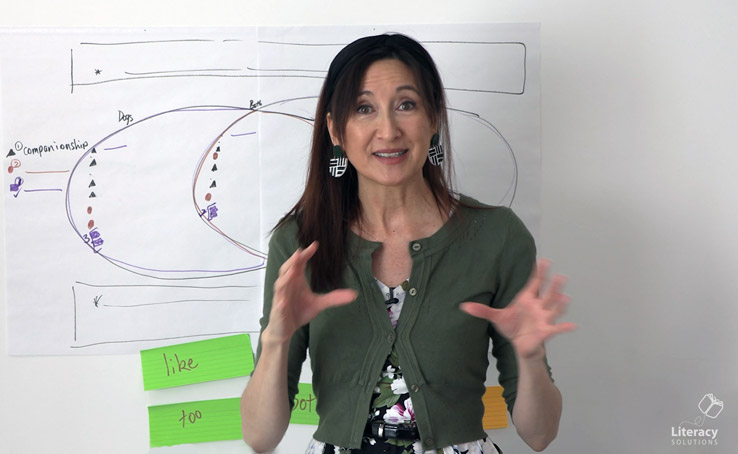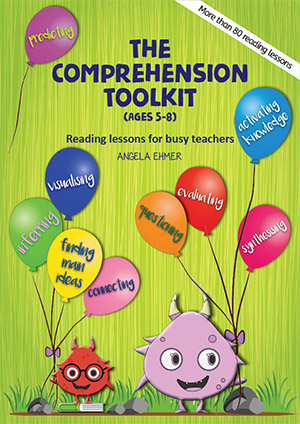Archive for the ‘Writing’ Category
Thursday, 19 May 2016 at 7:59 am
Cause/Effect is used to show how one thing causes another thing to happen, or how more than one thing occurs as a consequence. A cause may result in one, or many effects. Therefore, causal relationships can be simple or complex.
Within paragraphs, an author may choose to give reasons which explain why something happened; he or she is explaining the effect or effects of a cause. …
Tags: Cause/Effect, graphic organisers
Continued... | Posted in Literacy general, Reading, Writing | Comments Off on Cause/Effect (Part 4 of 7)
Tuesday, 10 May 2016 at 8:53 pm
In a chronological sequence the author uses the order of events, or chronology, to inform readers about events or content. The events may be organised by time or date, by arranging events as a series of steps or by following a list-like structure. Chronological sequencing is commonly used in nonfiction texts. In nonfiction, there are usually clear time markers such as dates or times of …
Tags: chronological, graphic organisers, time-order sequence
Continued... | Posted in Literacy general, Reading, Writing | Comments Off on Chronological/Time-Order Sequence (Part 3 of 7)
Wednesday, 4 May 2016 at 9:41 am
Graphic Organisers: Part 2 of 7
Top-Level Structures (T.L.S.) are cognitive frameworks which help us to organise information. Put simply, they are frameworks for organising ideas to make them easier to understand, notice relationships between and across ideas or elements and for categorising and integrating new information with what is already known. In reading, top-level structures help us to make sense of an author’s ideas; in …
Tags: graphic organisers, top level structure
Continued... | Posted in Literacy general, Reading, Writing | Comments Off on Top Level Structure (Part 2 of 7)
Tuesday, 26 April 2016 at 8:33 am
Graphic Organisers: Part 1 of 7
Graphic Organisers have been shown to be effective tools for assisting readers to comprehend and writers, or speakers, to organise ideas. They provide an interactive visual structure for showing connections and relationships between ideas, facts and concepts. By using these visual representations, elements can be sorted, categorised, organised, reorganised and sequenced to promote understanding and retention when reading …
Tags: graphic organisers, top level structure
Continued... | Posted in Literacy general, Reading, Writing | 2 Comments »
Tuesday, 19 April 2016 at 8:19 am
Our Graphic Organisers (blackline masters) have just been uploaded to this site for use by Teachers. A series of blogs over the next few weeks will support the use of these Graphic Organisers. Topics will include:
Graphic Organisers
Top Level Structures
Chronological/Time-Order Sequence
Cause/Effect
Compare/Contrast
List/Description
Problem/Solution
We hope you can make positive use of these resources.
Tags: black line masters, graphic organisers
Continued... | Posted in Literacy general, Reading, Writing | Comments Off on Graphic Organisers (Blackline Masters)
Saturday, 7 July 2012 at 3:47 pm
A literacy block should provide a balanced program of literacy instruction including the following teaching/learning approaches to support reading and writing.
Essential Reading Components:
Modelled Reading
occurs when an expert reader reads a difficult text to less experienced readers, enabling the experienced reader to model how effective readers sound, solve and think about texts when reading
The “think aloud” strategy is used strategically by the expert reader to model …
Continued... | Posted in Literacy general, Reading, Writing | 11 Comments »
Monday, 8 August 2011 at 11:10 am
Writing games provide skills practice with authentic texts …
Simple games can provide opportunities for language experience, explicit teaching, coaching and collaboration. Here’s a simple one I was playing recently. You need 45 minutes for crafting, reviewing, revising, sharing and feedback.
Start with two sentences:
Jack went up the hill. He found Jill.
What to do
Organise students into pairs or groups of three and explain:
Your task is to work …
Continued... | Posted in Writing | 11 Comments »
Tuesday, 14 September 2010 at 9:57 am
What is a Friendship Box
The Friendship Box is a box containing a name card for each student. Students are assigned short writing tasks which prompt them to write for a variety of purposes. By drawing a name from the box students have an audience for the task. Note: Students enjoy decorating the name cards so that they are reflective of their personalities. A profile of …
Continued... | Posted in Writing | 8 Comments »
Tuesday, 31 August 2010 at 2:56 pm
When does the teacher stop?
The simple answer is that we don’t. The aim of modelled writing is use the “think aloud strategy” to model what goes on in the head of the writer. Not only does this give the teacher opportunities to explicitly talk about elements of the writing process, but also allows students to observe the way a writer crafts and records a text. …
Continued... | Posted in Writing | 5 Comments »
Tuesday, 20 July 2010 at 11:43 am
Writing is a tricky business for many students. Many dislike writing and some students experience feelings of anxiety from the words, “Take out your writing folder”. So what do proficient writers know and understand about designing literary and non-literary texts, that others do not?
Highly effective young writers know that:
Writing is about purpose and audience. These writers write with a sense of purpose and understand the …
Continued... | Posted in Writing | 1 Comment »




